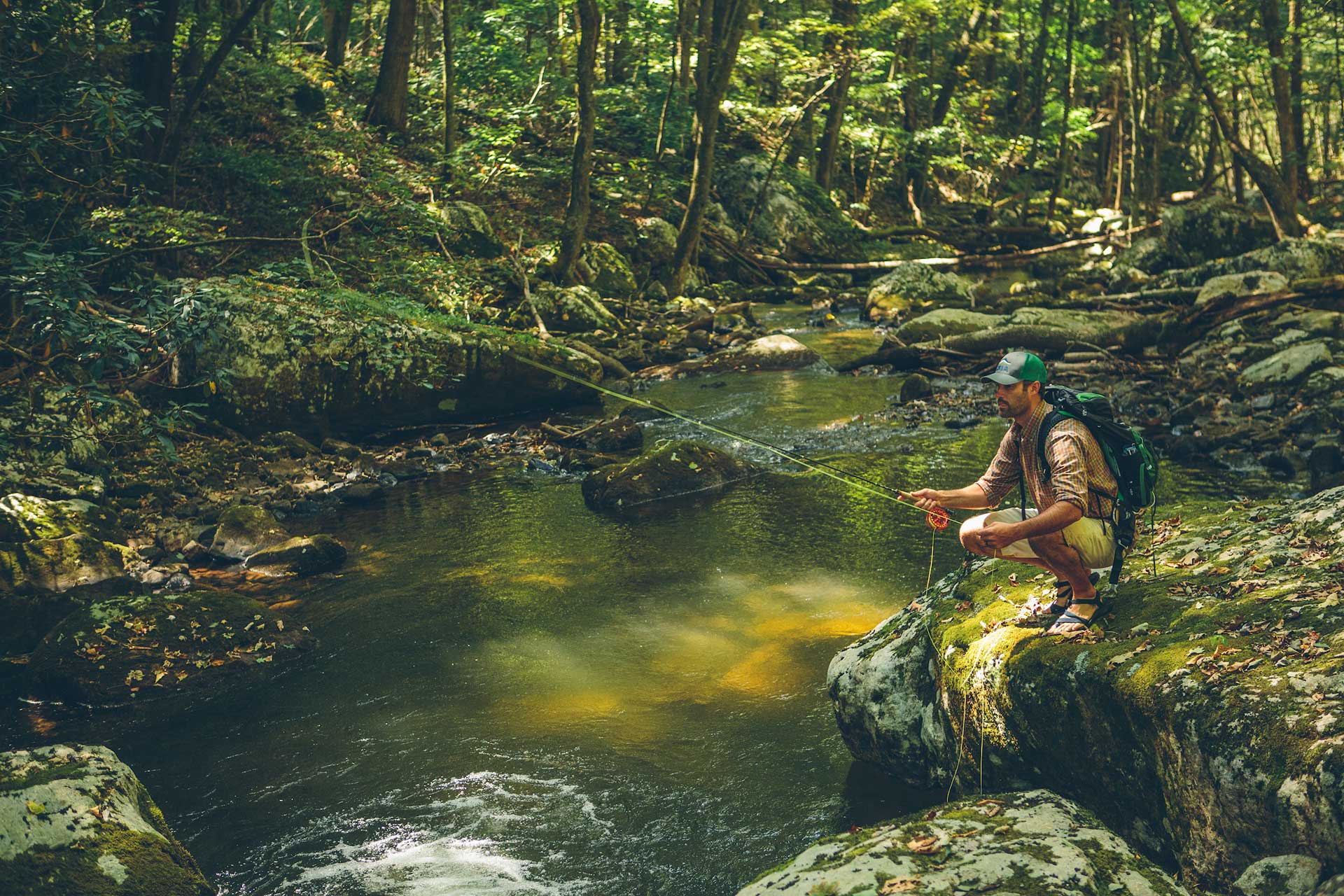An angler in the George Washington National Forest
By Corey Fisher
Trout Unlimited is devoting the month of September to celebrating public lands and the agencies dedicated to upholding America’s public land heritage. It’s no coincidence that National Hunting and Fishing Day and National Public Lands Day are both during September — the month is tailor-made for hunters and anglers to enjoy all that public lands have to offer.
This year, we will be focusing on the four agencies in charge of managing our public lands: U.S. Forest Service, Bureau of Land Management, National Park Service and the U.S. Fish and Wildlife Service.

Happy public lands month!
Stay tuned as we share the history, purpose and policies of these agencies, as well as opportunities to get out and enjoy your lands that they manage. We’ll also be visiting places around the country, like the Tongass National Forest in Alaska and Nevada’s Ruby Mountains, to learn about these amazing landscapes and what you can do to help keep them a great place to hunt and fish.
Be sure to follow TU on Facebook, Instagram and Twitter for updates, contests and to join the celebration. Most of all, get out this September and enjoy your public lands!
Meet the Forest Service
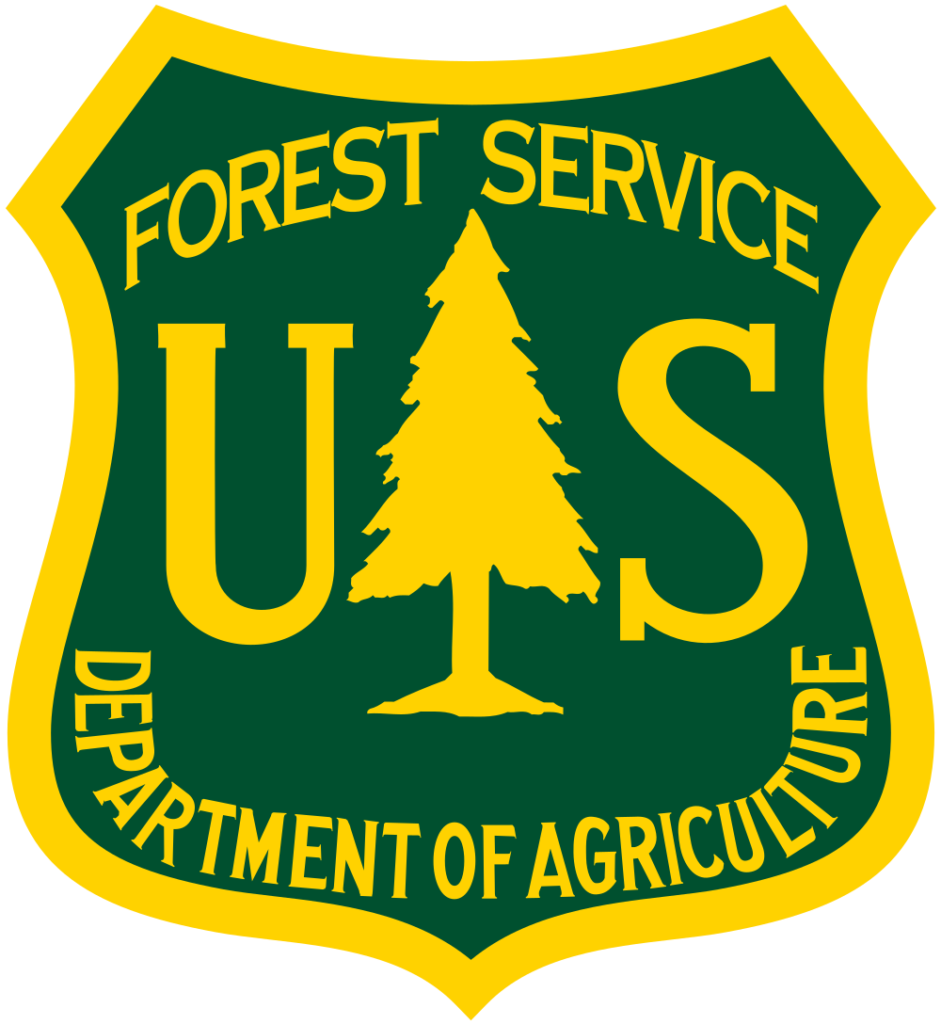
The USFS manages 193 million acres of our public lands
The United States Forest Service manages 193 million acres of America’s public lands across 154 national forests and 20 national grasslands. These units stretch across the country, from the El Yunque National Forest in Puerto Rico to the Chugach National Forest in Alaska and many points in between. Only the states of Iowa, Connecticut, Massachusetts, Rhode island, New Jersey, Maryland, Delaware and Hawaii do not have any lands managed by the Forest Service.
Purpose and Mission
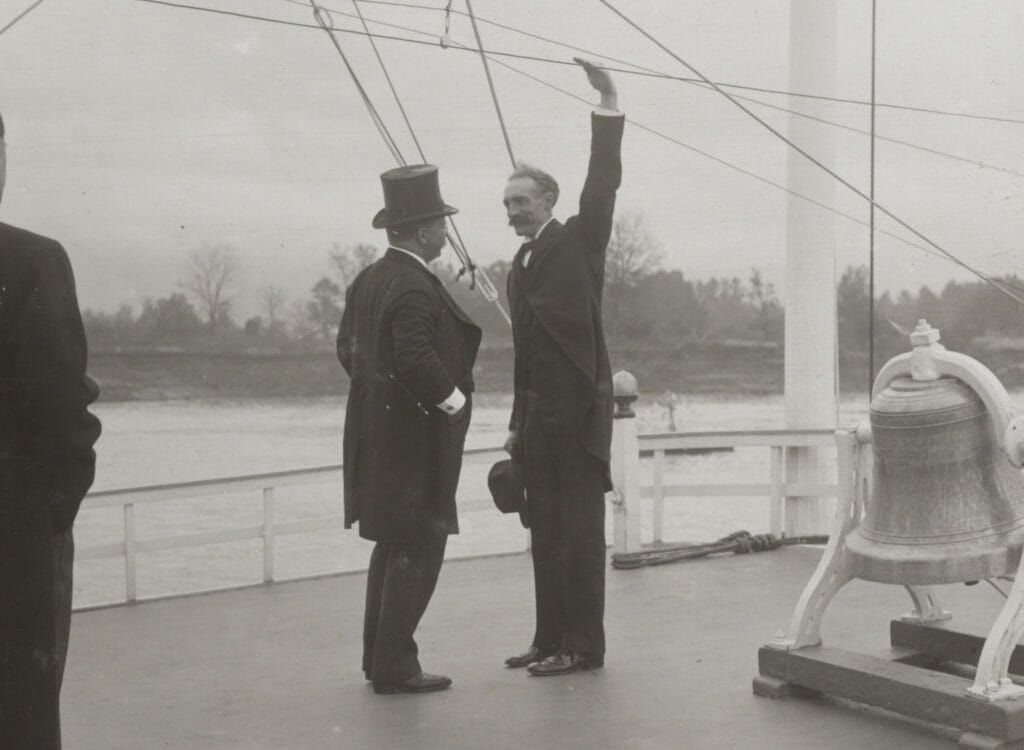
The mission of the Forest Service is to sustain the health, diversity, and productivity of the Nation’s forests and grasslands to meet the needs of present and future generations. The first Chief of the Forest Service, Gifford Pinchot, articulated a philosophy for addressing competing interests – from resource extraction, to recreation, to conservation, to preservation – stating that “Where conflicting interests must be reconciled, the question shall always be answered from the standpoint of the greatest good of the greatest number in the long run.” These words were penned in 1905 but are no less relevant as the agency continues to provide a balance of uses to meet the needs of the public.
National forests truly are what the agency calls the “land of many uses”, including hunting and fishing, logging, recreation, mining, wilderness preservation, watershed restoration, oil and gas development, and fish and wildlife habitat conservation, just to name a few ways that national forests are utilized and valued.
History
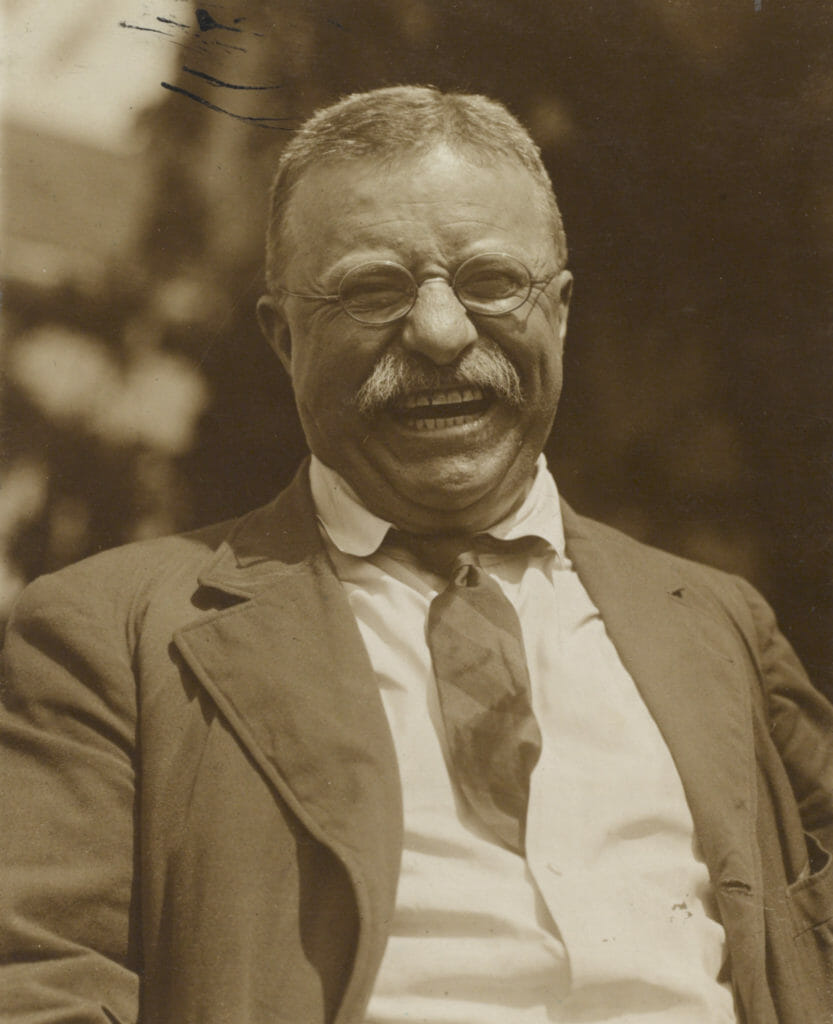
The U.S. Forest Service was established in 1905 during Theodore Roosevelt’s Presidency with the passage of the Transfer Act of 1905, which established the agency as a bureau under the Department of Agriculture. However, the history of the Forest Service starts long before this law was passed, and in many ways parallels the rise of the modern conservation movement in America.
The Forest Service was born out of an era of reckless logging throughout the 19th Century, first in the East and then the upper Midwest as deforestation moved westward. By the mid-mid-1900’s, early conservationist began to sound alarms. In 1847 George Perkins Marsh, a Congressman from Vermont, delivered a speech to the Agricultural Society of Rutland County, noting that “man has a right to the use, not the abuse, of the products of nature”. He described impairments to watershed processes caused by deforestation, noting that “the bald and barren hills, the dry beds of the smaller streams, the ravines furrowed out by the torrents of spring, and the diminished thread of interval that skirts the widened channel of the rivers, seem sad substitutes for the pleasant groves and brooks and broad meadows”.
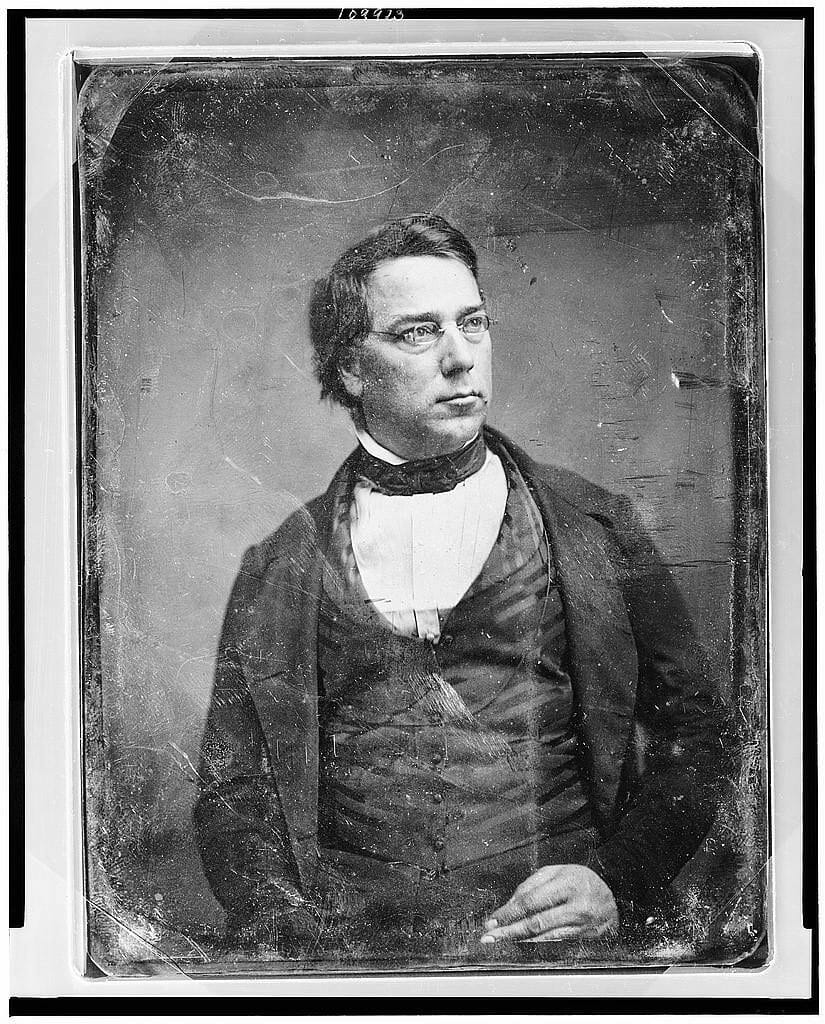
These ideas – that the exploitation of natural resources not only endangered the natural world, but also society — would continue to take hold, later blossoming into Marsh’s book Man and Nature, a work widely considered to lay the groundwork for America’s conservation movement. It is no coincidence that Gifford Pinchot received a copy of Marsh’s seminal work for his twenty-first birthday.
By the end of the 19th Century, Congress began to take action, passing the Forest Reserve Act of 1891, authorizing the president to establish forest reserves that would later become national forests. Six years later, the Organic Administration Act was passed, requiring new forest reserves to only be established to “protect the forest within the boundaries, or for the purpose of securing favorable conditions of water flows, and to furnish a continuous supply of timber”. While forest reserves were originally managed by the Department of the Interior, the Transfer Act of 1905 moved forest reserves to the Bureau of Forestry within the Department of Agriculture and the Forest Service was born.
Importantly, in addition to authorizing forest reserves, the Forest Reserve Act allowed the president to establish forest reserves through presidential proclamation — presidents were quick to act. Within two years, President Harrison had established 15 reserves containing 13 million acres, President Cleveland added nearly 26 million acres and President McKinley set aside 7 million acres as forest reserves. Then came Theodore Roosevelt. In consultation with his close friend Gifford Pinchot, President Roosevelt added 146 million acre of forest reserves during the first six years of his presidency. These executive actions angered western members of Congress who successfully added a rider to a must-pass appropriations bill that blocked new forest reserves in Oregon, Washington, Idaho, Montana, Colorado, and Wyoming. Roosevelt signed the bill, but not before working around the clock with Gifford Pinchot to add another 16 million acres of forest reserves before the new law took effect.
While most of these national forest lands were established in the West, in 1911 Congress passed the Weeks Act, paving the way for establishing national forests in the East by authorizing the purchase of land at fair market value from willing sellers. In total, this authority has added 20 million acres to the national forest system in 26 states.
Throughout the course of the 20th Century, the Forest Service continued to evolve to meet increasing demands on our nation’s forests. Controversy between competing interests led to The Multiple Use-Sustained Yield Act establishing that national forests “shall be administered for outdoor recreation, range, timber, watershed, wildlife and fish purposes”. Later, the National Forest Management Act of 1976 established requirements for assessing national forests, developing management programs based on multiple-use and sustained-yield principles, implementing forest plans, and providing for meaningful public participation in decisions affecting national forests.
Today, competing interests still clash over the proper management of our national forests while the Forest Service works to stay true to Pinchot’s “greatest good” philosophy.
Hunting and Fishing Opportunities
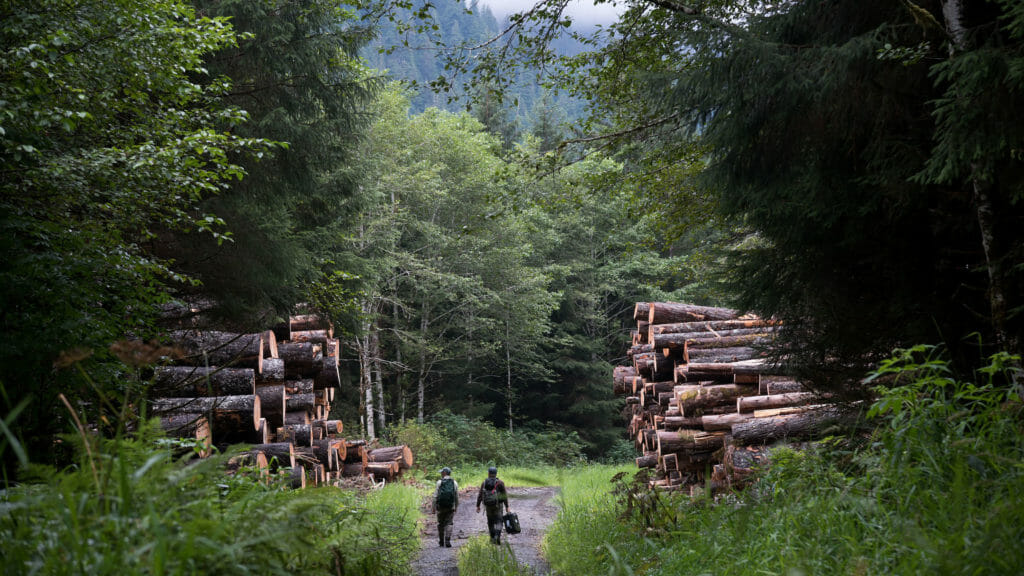
Hunting and fishing opportunities abound on national forests and as stated by the agency, “the rules are simple: Follow the state laws and regulations.” In some instances, areas may be closed, usually for public safety, but for the most part this land is your land and you are free to hunt and fish to your heart’s content. From brook trout streams on the Pisgah National Forest in North Carolina, to ruffed grouse coverts on the Superior National Forest in Minnesota, to elk hunting on the White River National Forest in Colorado, to salmon and steelhead fishing on the Tongass National Forest in Alaska, opportunities to hunt and fish are plentiful and available for all to enjoy.
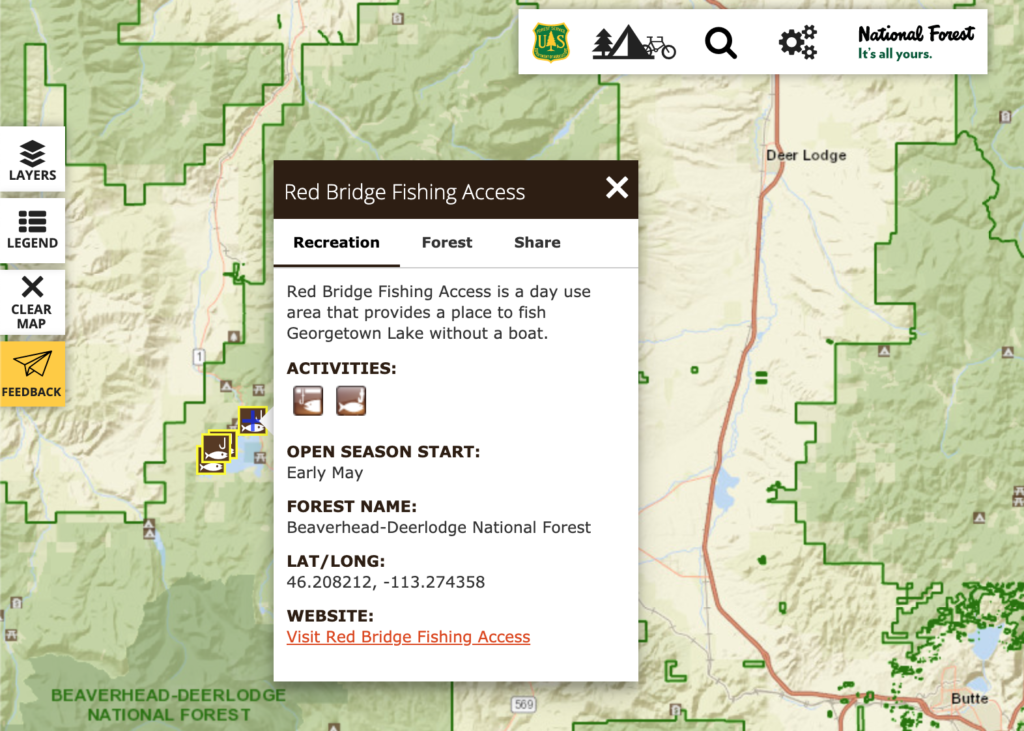
Check out an interactive visitor map to find a national forest near you




